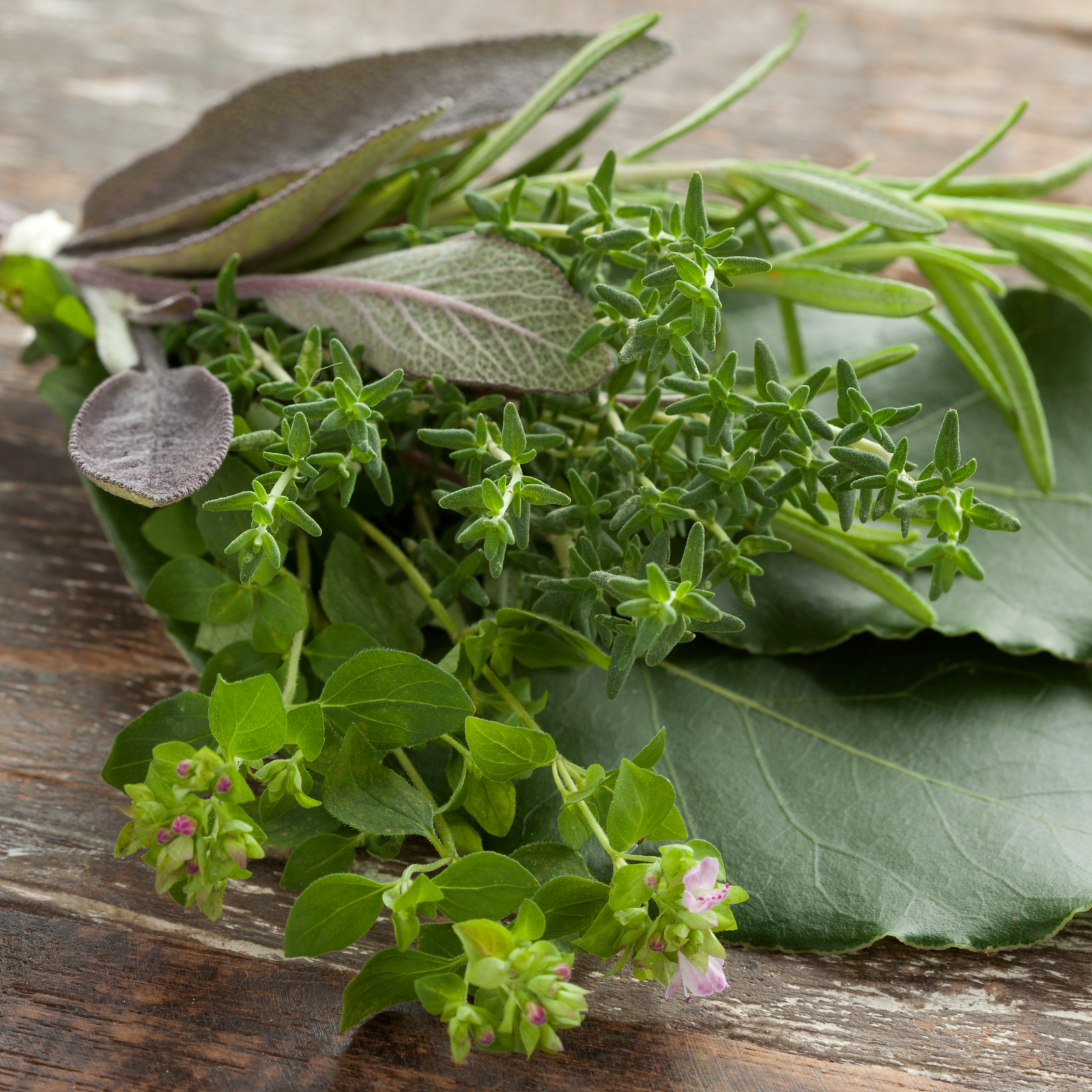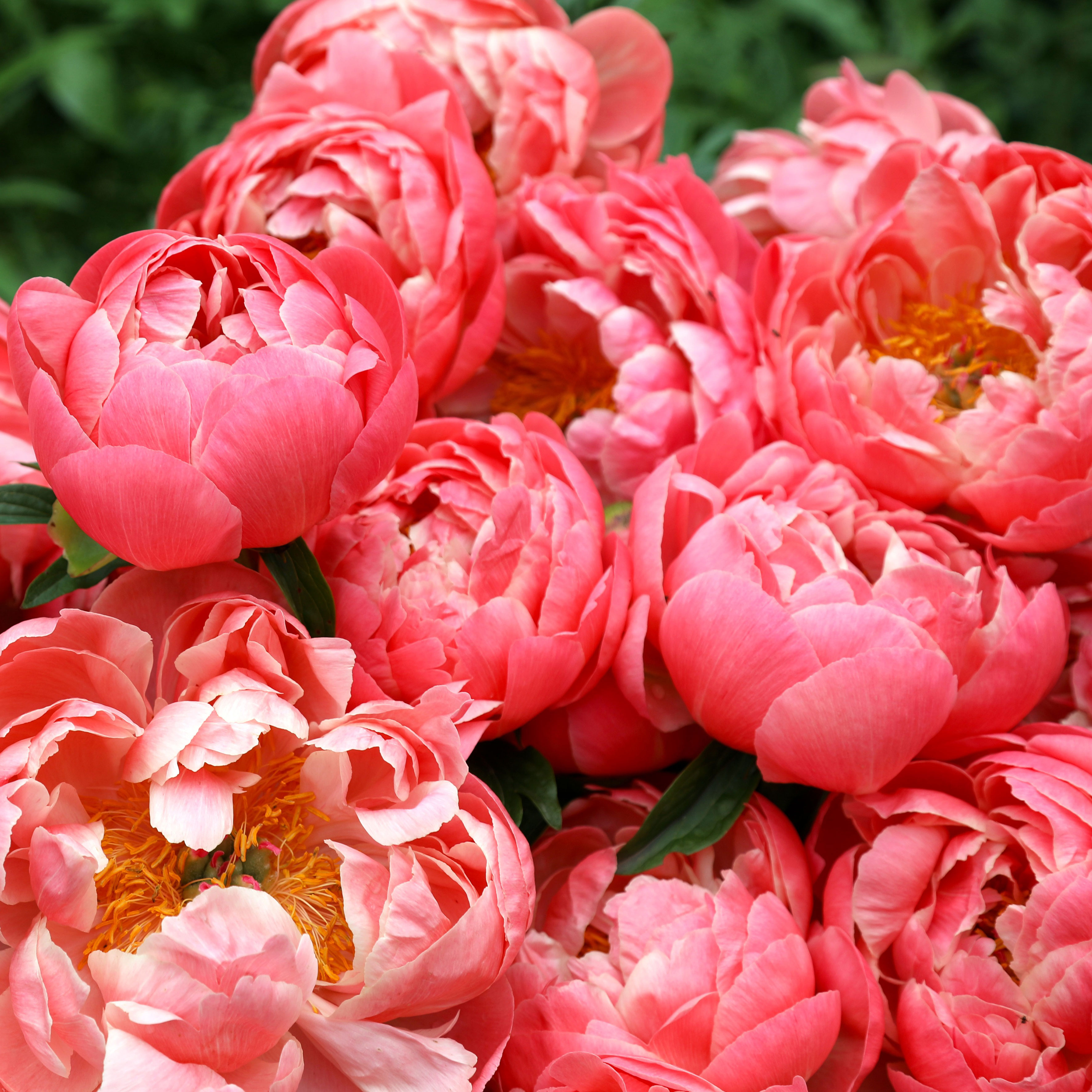Helping New Permaculture Designers – Free Templates for Feedback!
Hey r/Permaculture,
I’m creating simple, beginner-friendly permaculture garden templates to help people to design and visualize their plans for food forests, permaculture systems, or agroforestry projects—without getting overwhelmed by design theory.
I’d love your input: – Are there specific areas you struggle with or layout problems you find challenging in your permaculture gardens? (e.g., small-space guilds, water-harvesting earthworks, etc.)
– Would you use a downloadable garden template that included: – Zone-by-zone plant lists – Rough spacing guidelines – Blank sketches to pencil in your own ideas
**The first 5 people to comment/DM me get a free custom sketch of their garden space (hand-drawn or digital) in exchange for honest feedback.
Why? I’m testing demand before launching paid products, and I’d rather build something actually useful.
Projects Examples of what I’m working on: – suburban backyard homesteads -Urban patio/balcony -Rural homestead -Community Farm Scale
My Background: I’m a landscape architect passionate about making regenerative agriculture and permaculture design accessible.
Would this help you? Brutal honesty welcome!
submitted by /u/Wide_Persimmon_1208
[link] [comments]
Helping New Permaculture Designers – Free Templates for Feedback! Read More »




